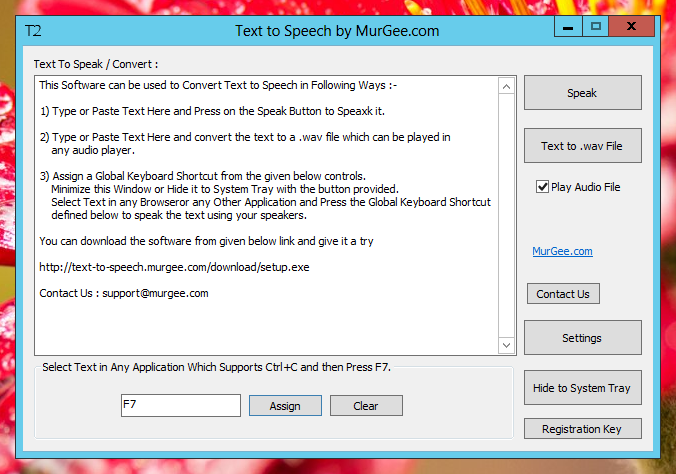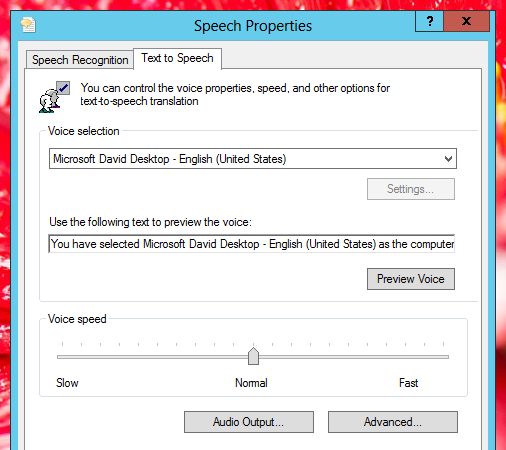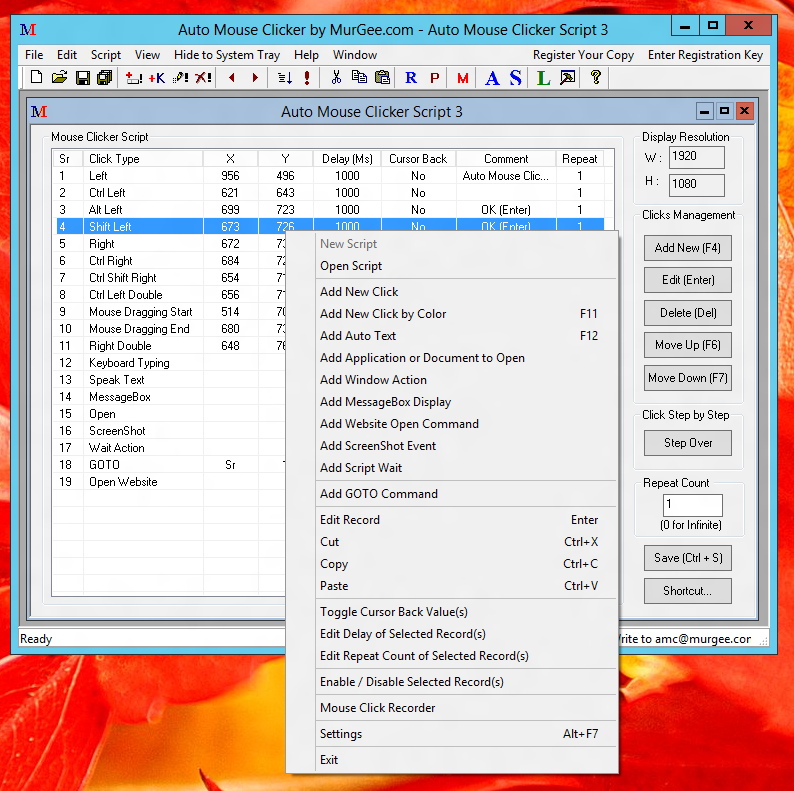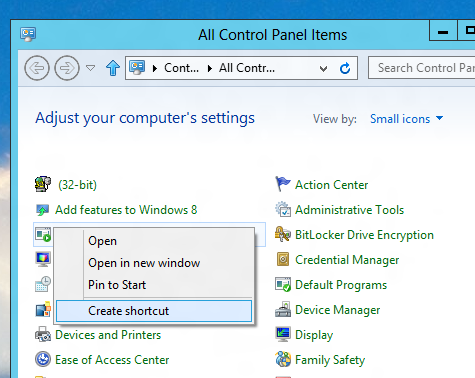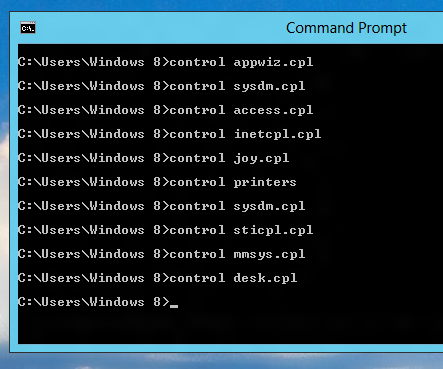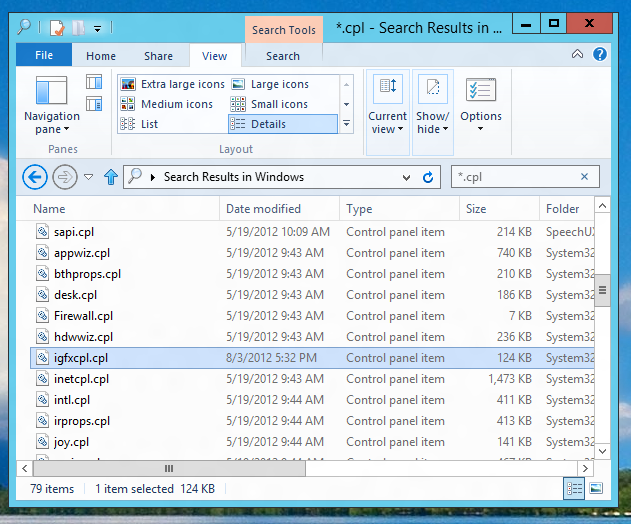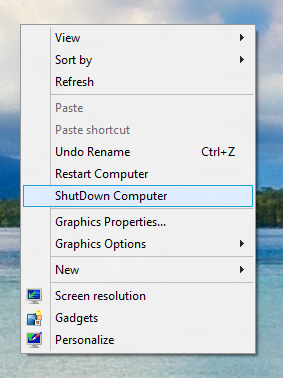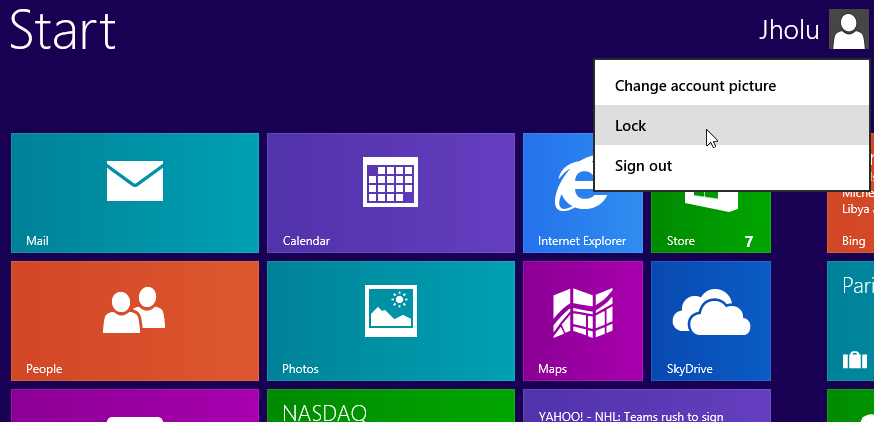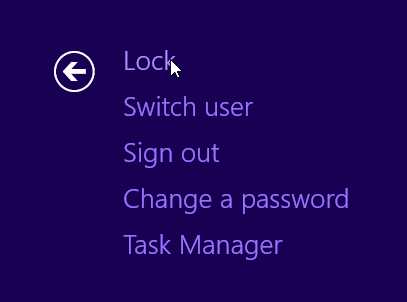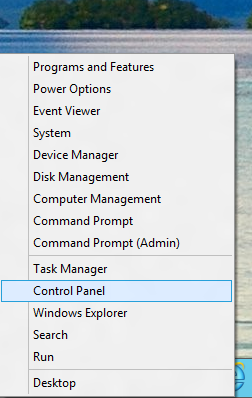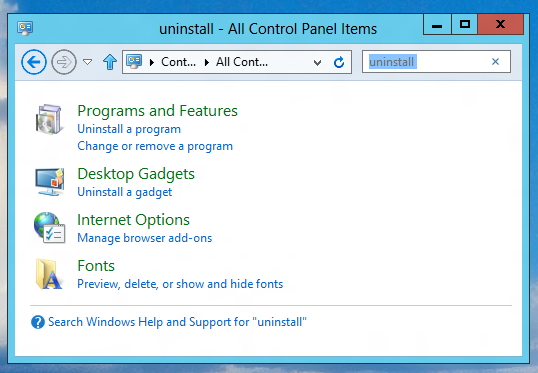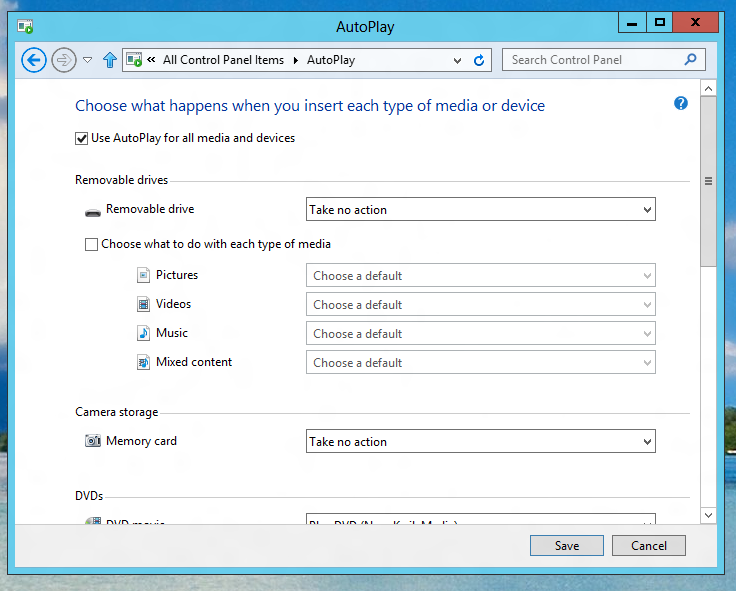Almost every Windows version had an onscreen keyboard which allowed users to type on any application using mouse cursor instead of actually using the keyboard. This OnScreen Keyboard in Windows 8 has now got a new look and is more easy and friendly to use. The easiest way to enable the OnScreen Keyboard from Windows 8 Taskbar is to right click on the taskbar , navigate to the Toolbars menu and enable Touch Keyboard as displayed below. This will add an extra Touch Keyboard Icon on the taskbar as displayed in the screenshot given below. Whenever you want to disable or remove the icon, you can use the same procedure and get the Touch Keyboard Icon out of your Windows 8 taskbar.
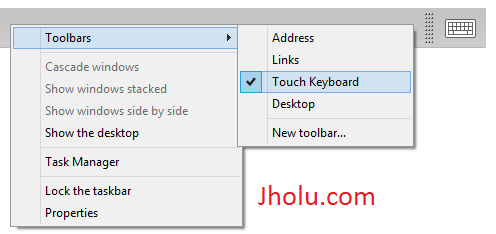
New OnScreen Keyboard of Windows 8 labelled as Touch Keyboard of Windows 8
Once you do have the Touch Keyboard Icon visible on your Taskbar, you can click on it once to view the Touch Keyboard and use it to type using mouse clicks instead of key press. In case you do have a working keyboard attached to your Windows 8 computer and you press any key on your keyboard, the new OnScreen Keyboard of Windows 8 will hide automatically.

Touch Keyboard of Windows 8 provides a better User Interface from the older OnScreen Keyboard of Windows
In case you have already used onscreen keyboard of windows and you still want to use the older interface, you can still use the older version of onscreen keyboard. There are many ways in which you can launch the OnScreen Keyboard Utility in Windows 8, out of which the easiest way is to create a desktop shortcut to the file osk.exe. You can also launch the onscreen keyboard utility using the osk command from the command line of Windows 8 as displayed below.
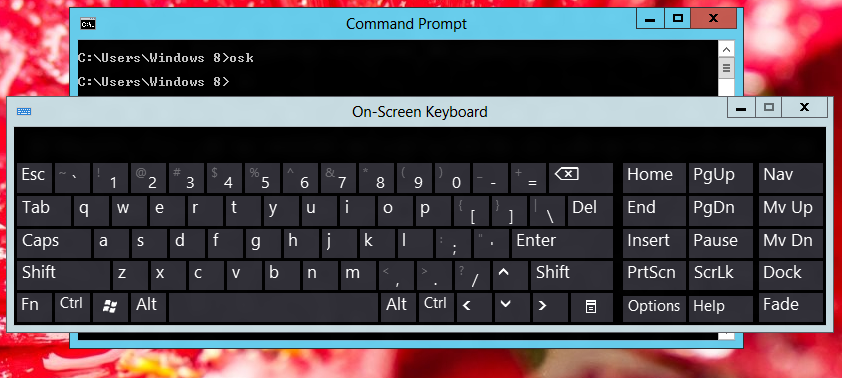
Onscreen keyboard utility of Windows 8 from command line
The above ways to send keystrokes to active application in Windows 8 can be really handy when you do have a broken key on keyboard. One step further, you can find Keyboard Automation Utilities to send keystrokes or even long sentences to active application in windows 8. Visit Ease of Access Center from Windows 8 Control Panel to find out more ways to send input to your Windows 8 Computer.
